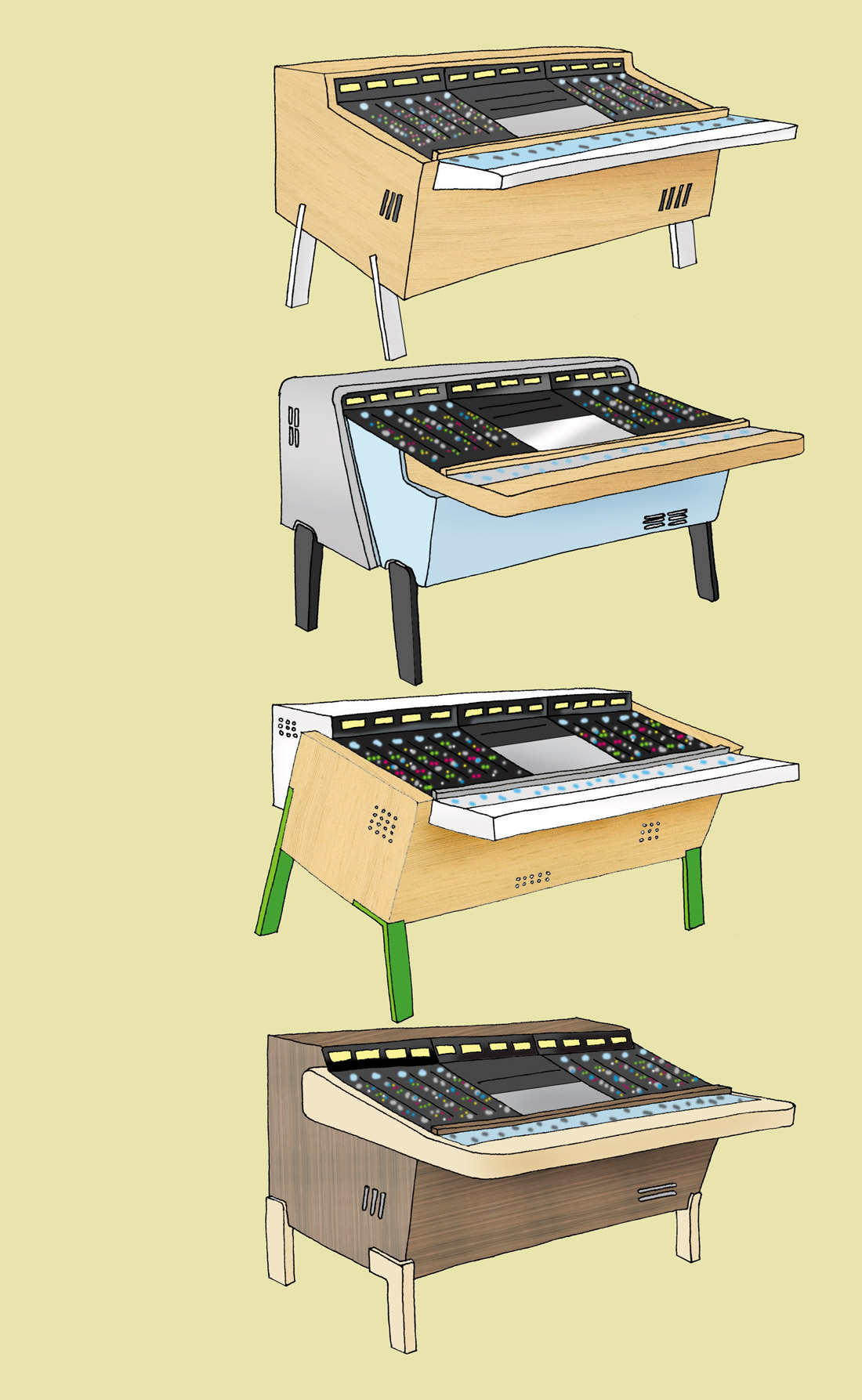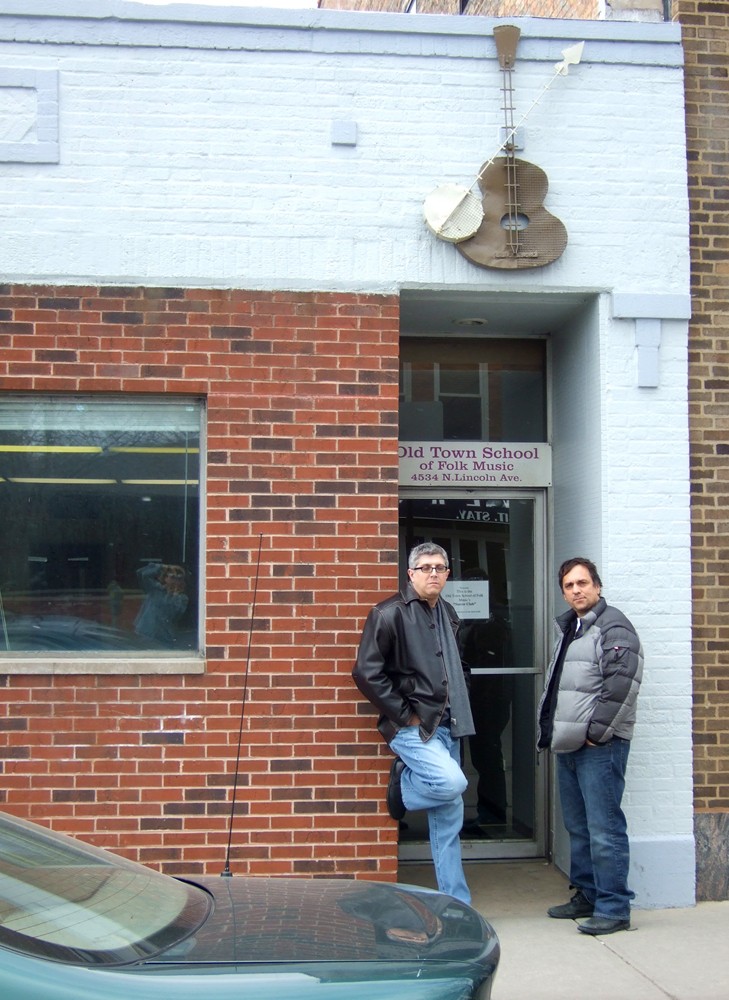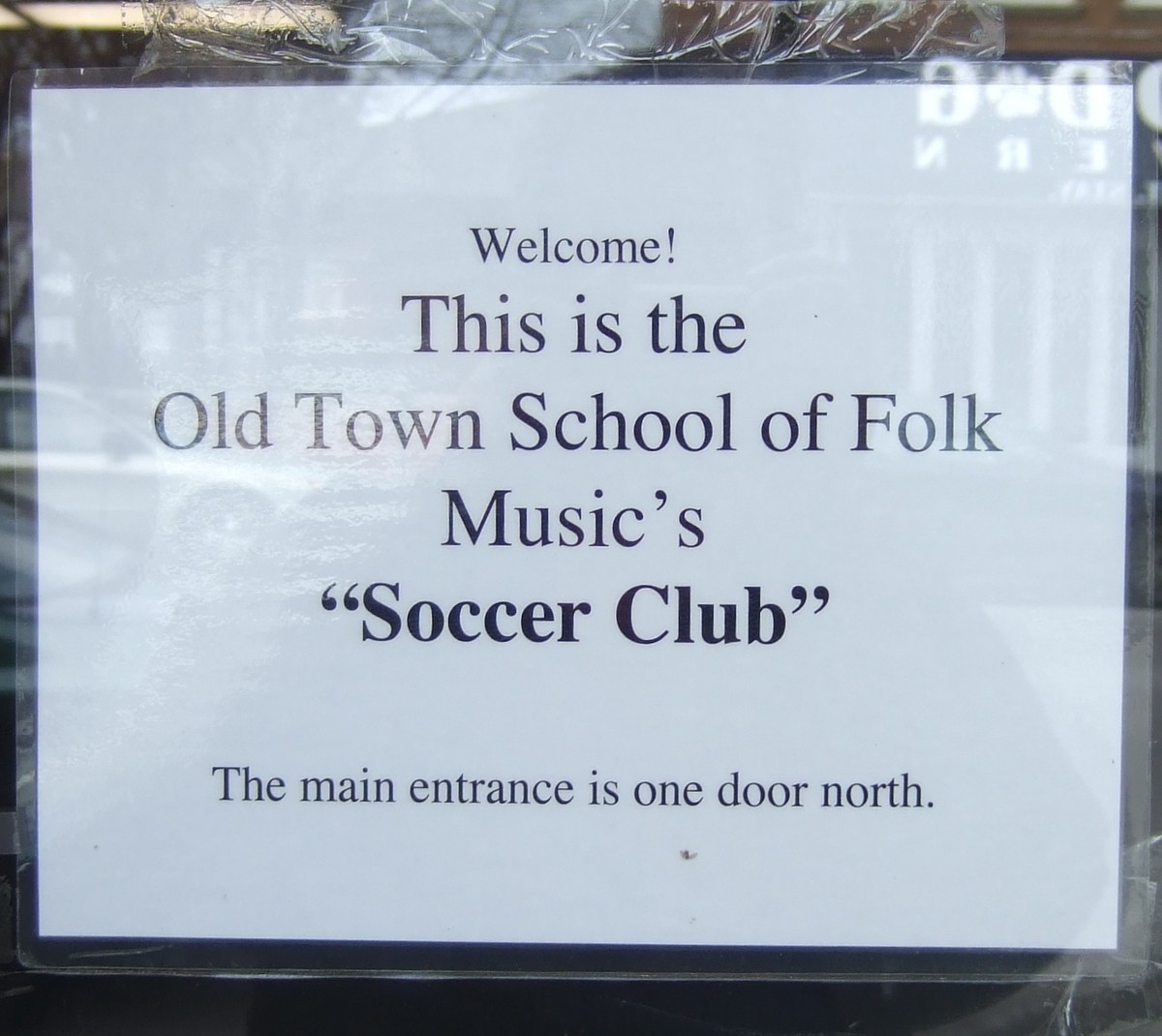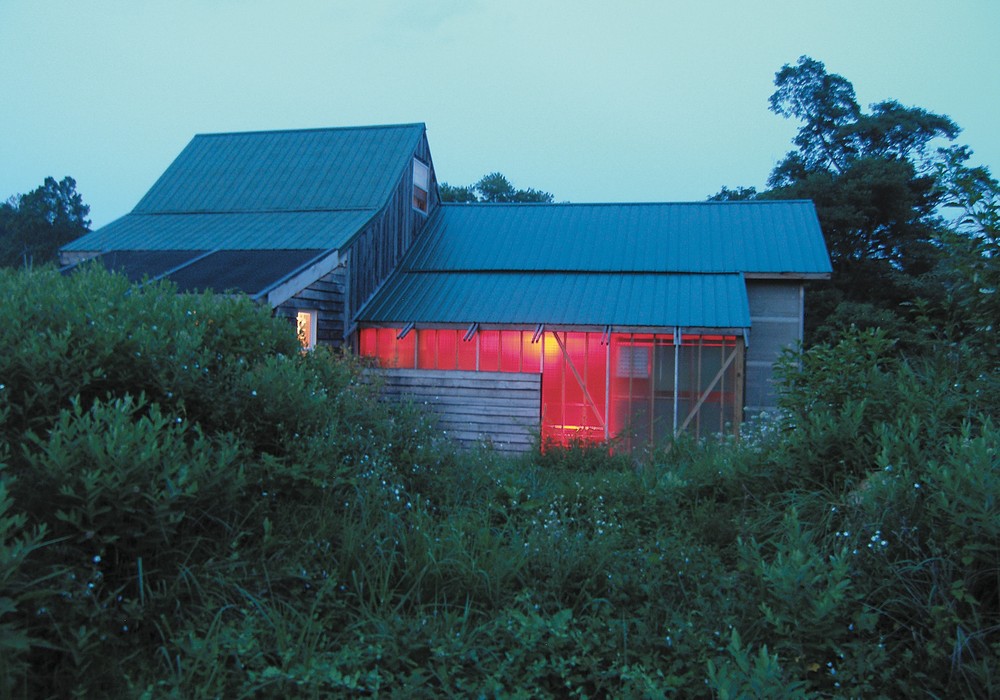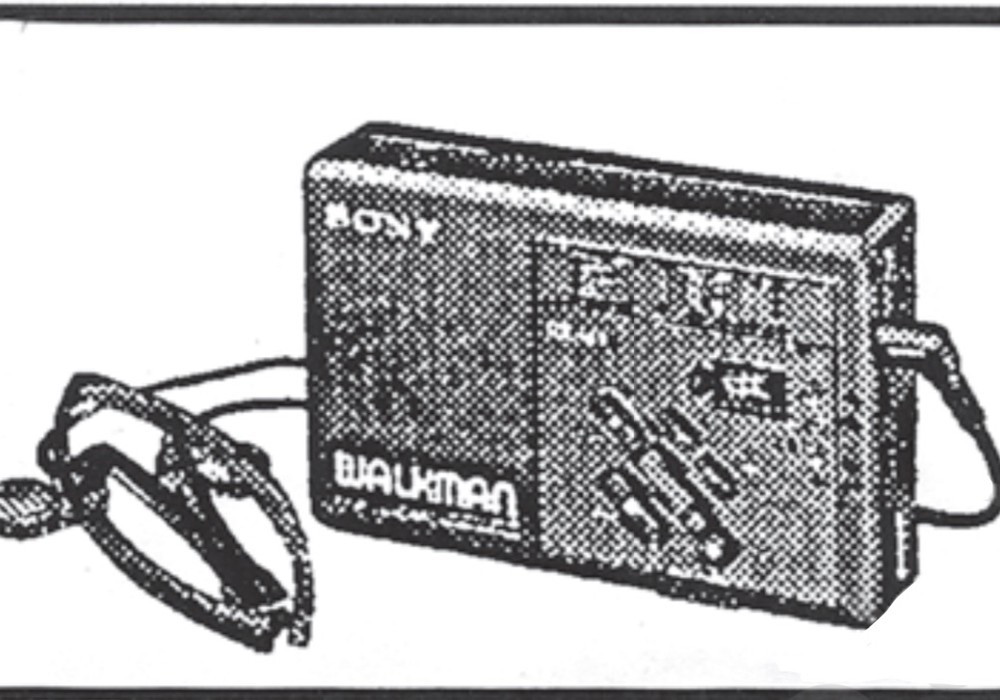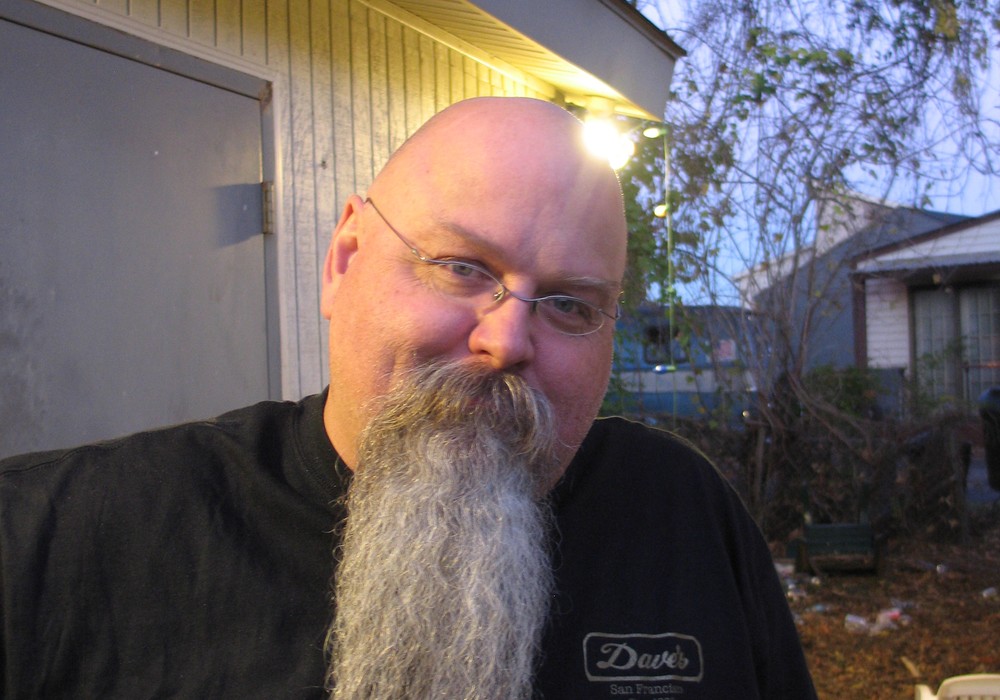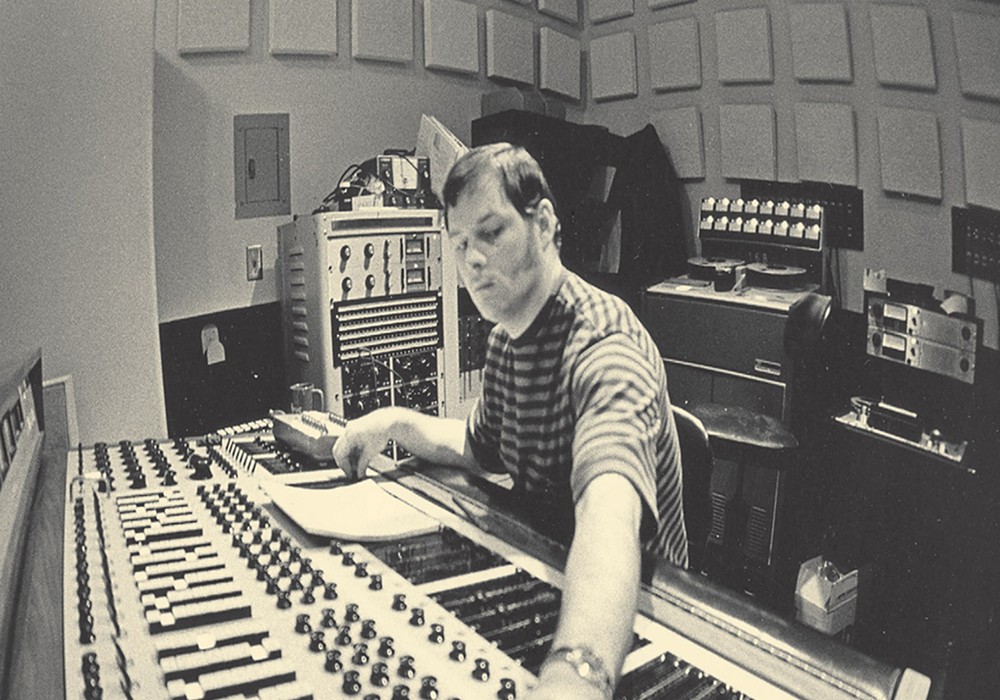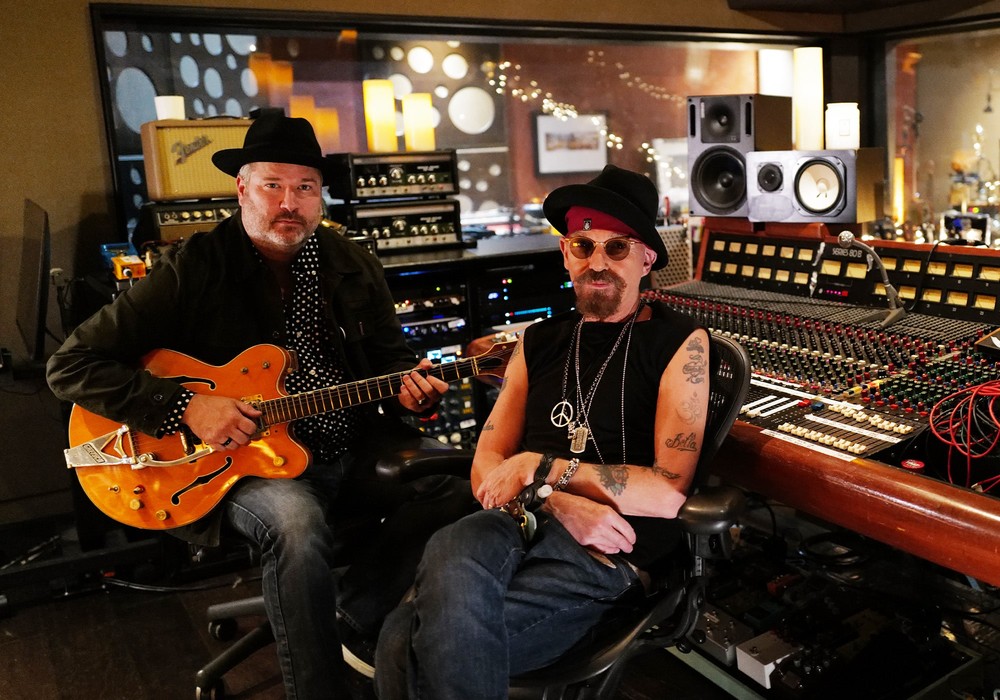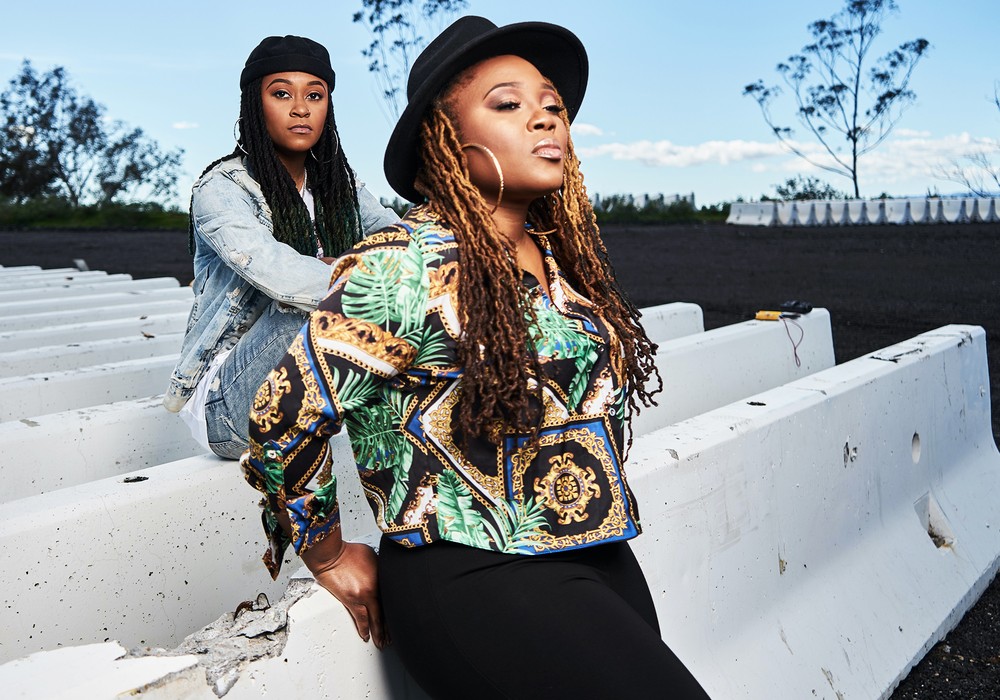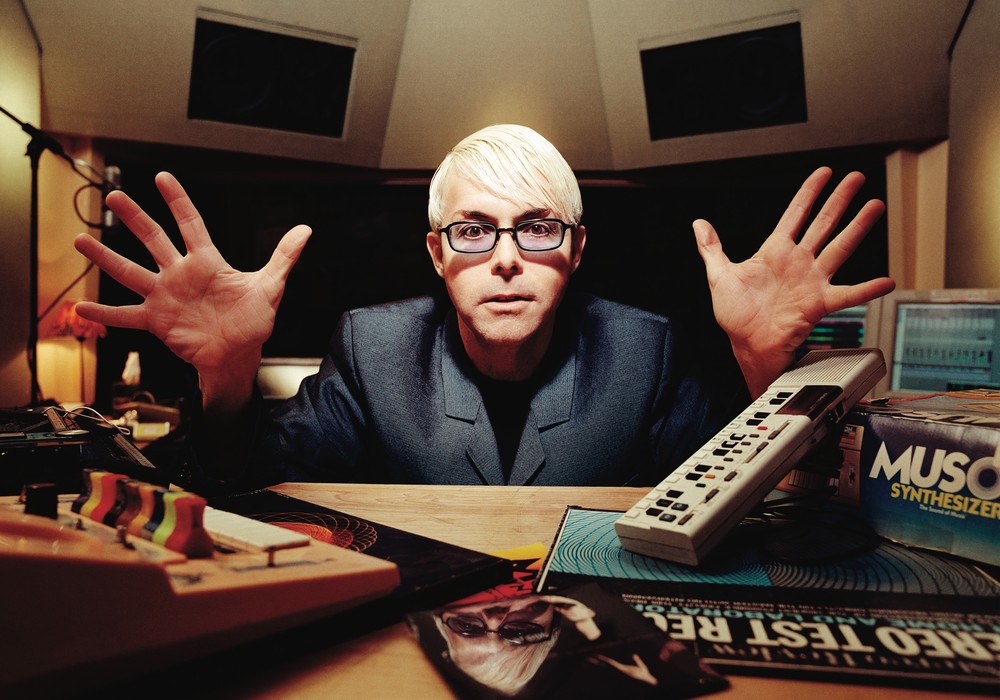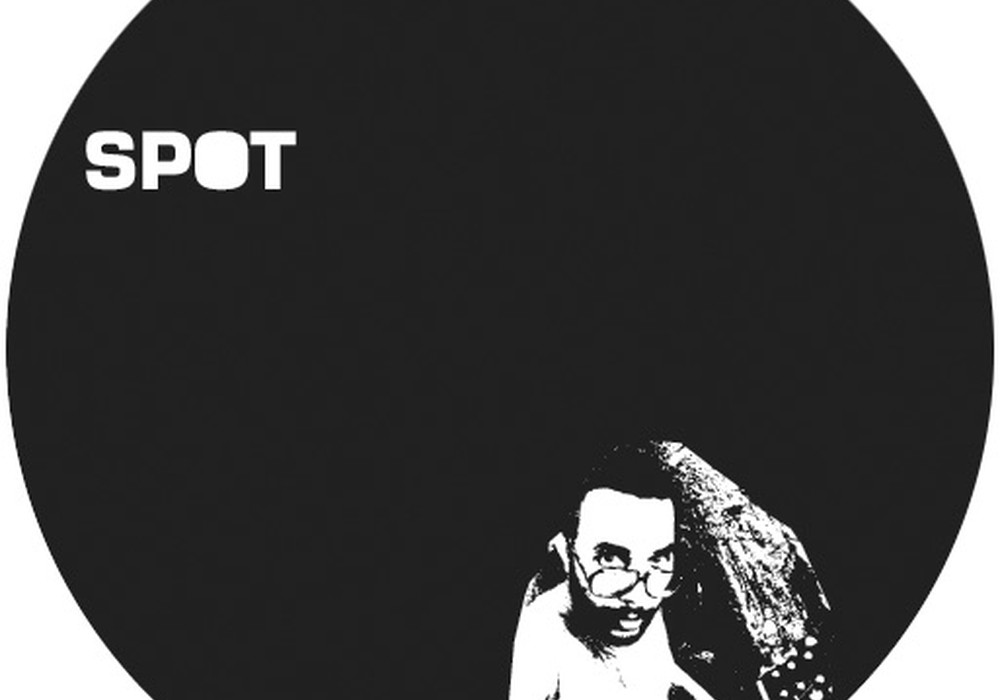When Chicago's legendary Old Town School of Folk Music — a place that's trained the likes of Roger McGuinn, John Prine, Steve Goodman, Bonnie Koloc and more over its 50 year existence — began its multi-part album project, the Old Town School of Folk Music Songbook, the task proved a challenge right from the start. While all parties agreed such an undertaking should be home grown, Old Town had no recording studio to speak of. What's more, the only available space was a harshly lit common room — a sterile space more suitable for an AA meeting than say, drum sounds — and a converted office space to serve as a control room. Still, Old Town School Recordings and Bloodshot Records pulled it off, with the last of the four CDs released in late 2007. That's largely a testimony to the vision — and downright stubbornness — of two men: Bob Medich, Old Town's Director of Advertising and Media, and John Abbey, a New York transplant who produced and engineered the 80-plus songs that make up all four volumes.
The overriding lesson? When you seek to preserve and promote the legacy of a cherished musical institution, mic placement and recording Ps and Qs are important... but in the end, capturing the right performance in a magical context rank supreme.
Take us back to the genesis of this project.
Medich: Well, this has a long, sordid history. It started in about 2000 with Jim Hirsch, who was Old Town's executive director at the time — he put forth the idea. Then he left and it kind of languished and I tried to start it up again another time somewhere between 2000 and 2005 with another producer, and it didn't work. But in 2005 we were recording a children's album, Wiggleworms Love You, at another studio and we kind of got on a roll. Kerry Sheehan, who is the Director of Education, said, "Maybe we should do this, and you should meet John Abbey." I had never met John — and he had worked here for years.
Abbey: I started in 2002 teaching bass and guitar. Bass is my primary instrument but I've been playing guitar long enough to do that.
So you two meet, hit it off and decide to get started on this project in May of 2005. What was it like at the start?
A: At its original inception, it was like, "Let's do ten or twelve songs. Sort of a best of the songbook." Very simple, like a play-along thing, and we pegged it as two months. So I started getting some Old Town faculty in to record — and it was actually just going to be faculty at first. They loved the vibe... if you can call this room "having a vibe."
Bob, were you ever concerned that John was gonna walk to this space and say, "You want me to record here?"
M: No, no. I knew there was no space in the main building [which houses Old Town's offices, performance hall and most of its classrooms]. That wasn't going to work. But I knew this room was here next door, so we walked over here and I think we both were like, "Okay." And I had our building super change the locks — which pissed off the rest of the staff to no end because they were using this room as a classroom before. I got into a little trouble with the powers that be because we started off without a budget, too. I figured we were on a roll with the Wiggleworms record and I said, "Let's do it." And then Bloodshot Records got involved and it just snowballed.
A: The musicians loved the whole process here and so I guess there was a little bit of a buzz that started to happen. Then a friend of mine was managing Danny Barnes from the Bad Livers, and he was in town doing a show. I'm a big Bad Livers fan. I met them, we talked, we played a little bit and I just I said, "Hey I'm working on this project for Old Town. We're doing these songs — it should be interesting." Danny was the first outside person we got. I remember coming to Bob and saying, "Is it okay if people who aren't faculty contribute a track to this?" He asked who and I said, "Danny Barnes." He said, "By all means." So all of a sudden, that started to pick up the momentum. We got Barnes, Jon Langford, Robbie Fulks and Dan Zanes — I played bass with Dan Zanes for a long time.
We're in the control room right now, and it looks like it was either a very small instruction room or a storage room. There's a chalkboard and a drop ceiling with standard acoustic tiles ...
M: It was an office for a soccer club.
So how do you take a very typical, carpeted, acoustically neutral space and turn it into something that's conducive to creating this great music?
A: This became the control room, for lack of a better term. It took me a couple times. I shifted stuff around trying to get a feel for the room. I'd monitor ridiculously low! I tried to bring as little of the room as possible into what I was hearing.
Were control room reflections a big problem while mixing and cutting?
A: Reflections...
